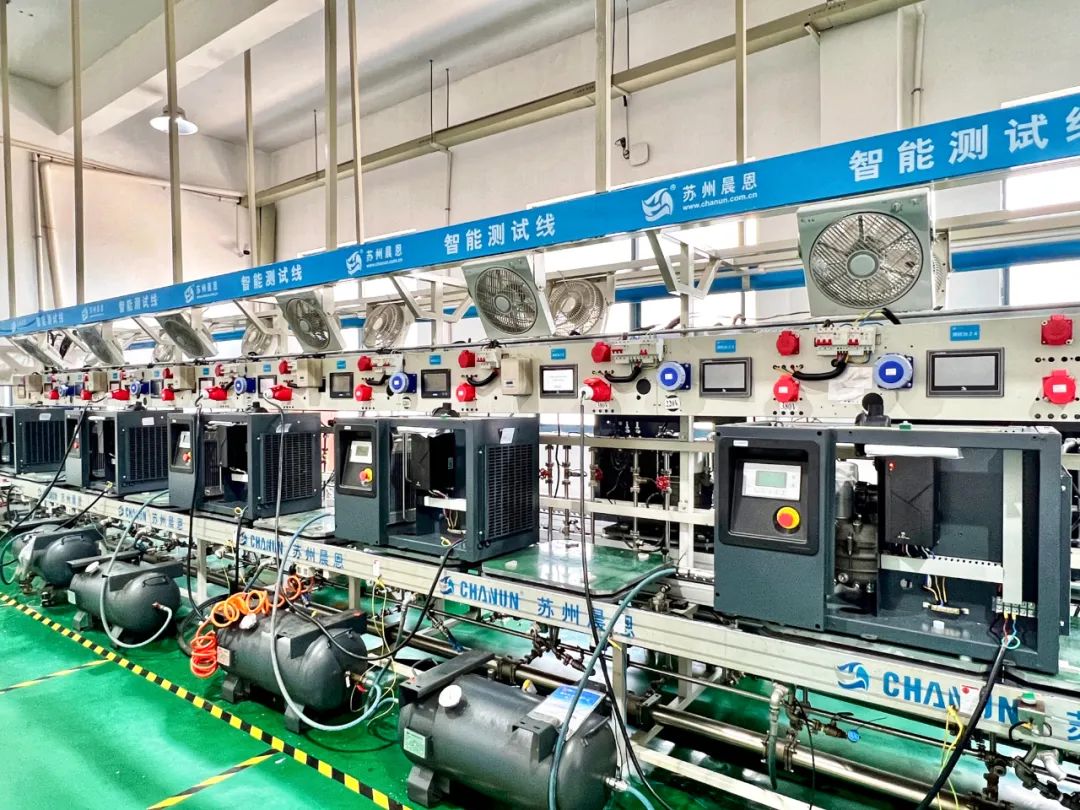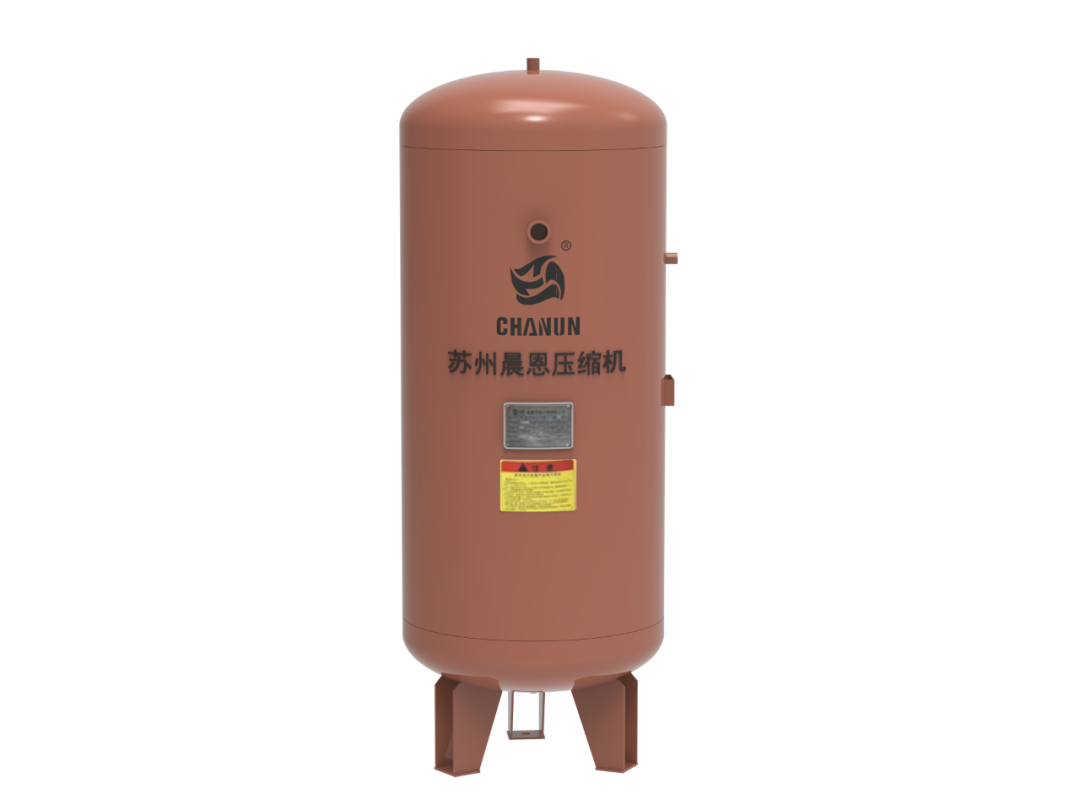Why Every Air Compressor Needs an Air Receiver Tank
Release time:
2025-08-21
In a compressed air system, the receiver tank is often underestimated. In reality, it plays a critical role in ensuring system stability, efficiency, and air quality. So, why is an air receiver tank essential for every air compressor?

1. Reduce System Instability
Frequent start-stop cycles cause wear on valves and create fluctuations in the air and oil circuits, leading to unstable operation. An air receiver tank acts as a buffer, reducing the frequency of starts and stops, and extending the life of the compressor.
2. Save Energy and Minimize Idle Loss
Starting a compressor consumes a high surge of current, while prolonged idle running wastes energy. With a properly sized receiver tank, the system can maintain a stable operating state, reducing unnecessary idle time and lowering energy consumption.
3. Maintain Stable Air Pressure
The air receiver tank works as a “buffer pool” for compressed air. It keeps the pressure within a set range and ensures a steady supply to downstream equipment—an essential factor for modern factories that require continuous and stable air supply.
4. Improve Air Quality
When compressed air enters the tank, it stays for a short period, allowing water, oil, and solid particles to settle. The air temperature also decreases. Even without a refrigeration dryer, this process delivers cleaner and higher-quality air, protecting downstream equipment.

An air receiver tank is not just a storage vessel—it functions as a stabilizer, energy saver, and air filter in a compressed air system. Choosing the right size tank can significantly improve efficiency, reduce energy costs, and ensure reliable air quality.
Chanun Compressors provides one-stop compressed air system solutions to help businesses achieve efficient, safe, and energy-saving production.
Related news













